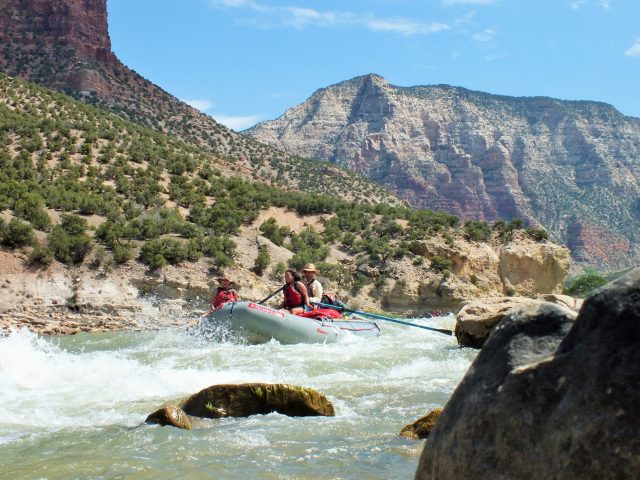Nature Inspires Creativity
Rhythm of the Wild
There’s a debate among linguists and musicians as to which came first: language or music. Without a time machine, it’s a hard problem to solve. But I side with the musicians. Any given day has a rhythm. To hear the music all you need to do is step outside. It is no wonder then that some of our best creative thinking comes from being outside. Often times this creativity blossoms on rafting trip, backpacking adventure, car camping in the southern Utah desert or a neighborhood evening walk.
The day has multiple rhythms, and the year has its own as well, they’re called seasons. But the rhythm I’m talking about has a decidedly musical quality. Birds call it out in the cool morning of day. Insect cries fill the heady heat of the afternoon. Crickets serenade the evening, and owls add their cry. In some places, the calls of animals are so consistent you can set your watch to them. See what I mean by rhythm?
It makes perfect sense then that before we could communicate a complex thought we could recognize the music of our world and riff on it. Of course this is all conjecture. But what’s more than conjecture is how beneficial getting outside is to creative thinking. Our cognitive ability is boosted in manifold ways when we get outside. In the most general sense, we get away from the noise of cities – the traffic, construction, and technological trappings. Once away from these distractions our minds can relax. As we relax we can notice the patterns around us; the fractal nature of leaves, the murmur of running water, how colors change in the Fall. To take it a step further (literally) taking a hike gets our blood circulating, stimulating our minds as well as our muscles. Indeed, studies have shown the benefits of cognizance that exercise has. It’s no wonder then that skiing, riding, or walking in the backcountry clear the mind. Not only that, but having an activity allows us to focus, on the thing we’re doing specifically, which is an important distinction than the many tasks that vie for our attention at home or in the office. Shedding distractions and focusing on one thing is good brain training, and can carry over to the problem solving practices we use in our everyday lives.
Our friends at the Freeflow Institute organize incredible multi-day rafting trips where like minded writers converge and build off of each other in a magnificent outdoor setting. Freeflow Institute is just one of many organized opportunities to get outside and build upon your artistic processes. It is fun to seek out friends or a group that shares similar interests for your outdoor creative ventures.
Looking for a great way to journal your outdoor creative experiences the great folks at REI have shared an excellent video on making your own journal. https://www.rei.com/blog/social/diy-how-to-make-an-adventure-journal
So I encourage you to get outside. And if you can get out for a long day. Are there some trees turning colors earlier than others? Take note of what you see: what kind of plant is growing by the creek? How do you imagine it’s different than others that grow further up the bank? Get out there. See if you can hear the rhythm.

